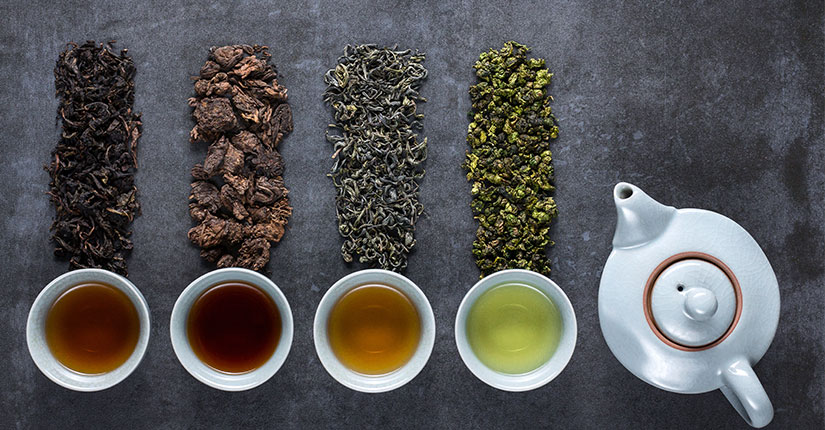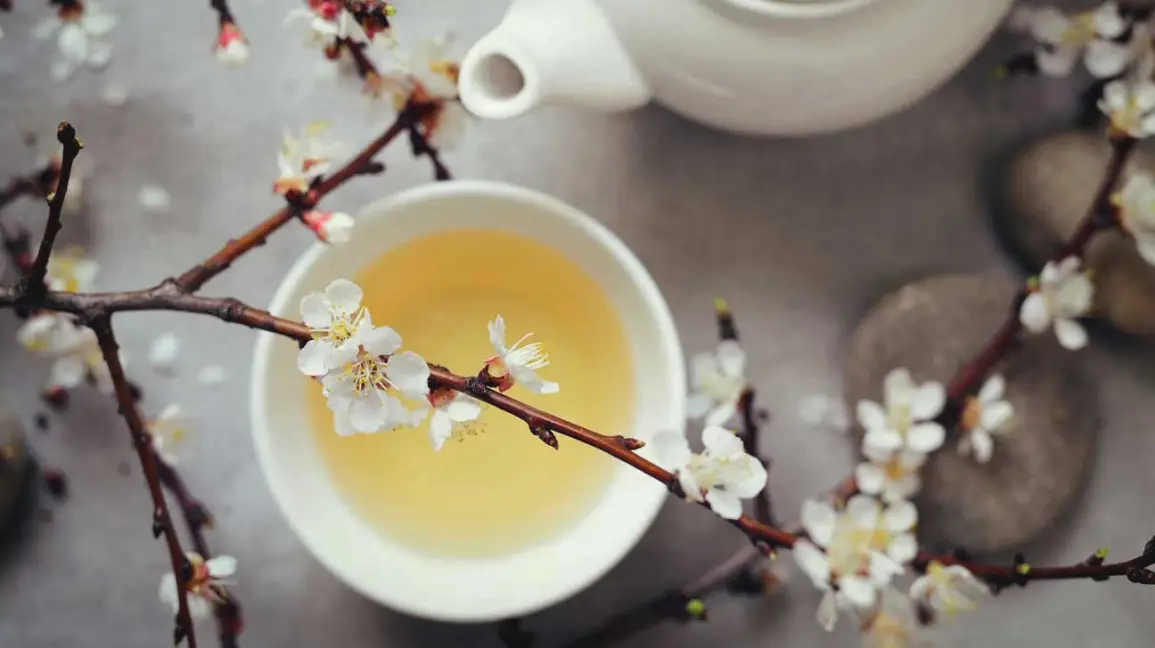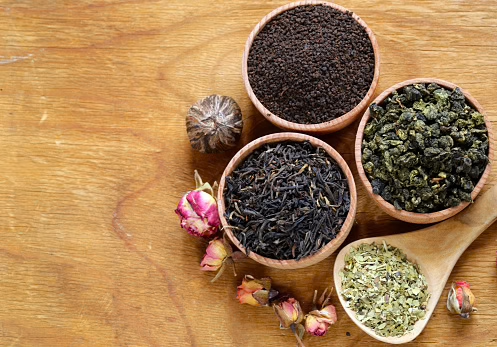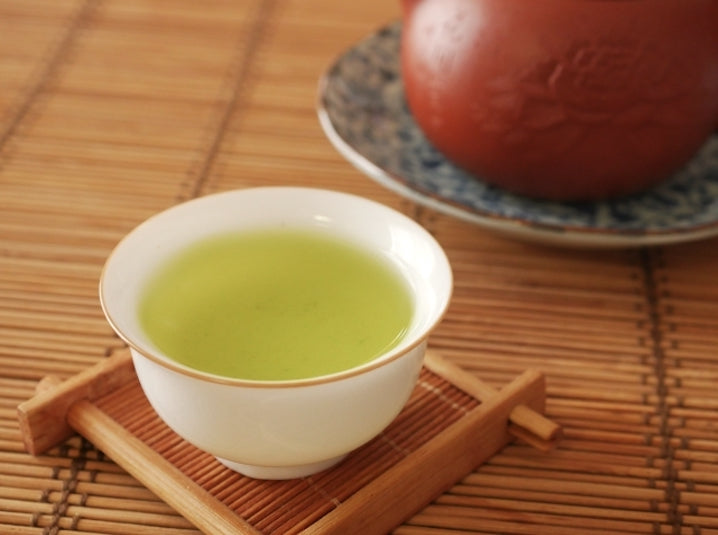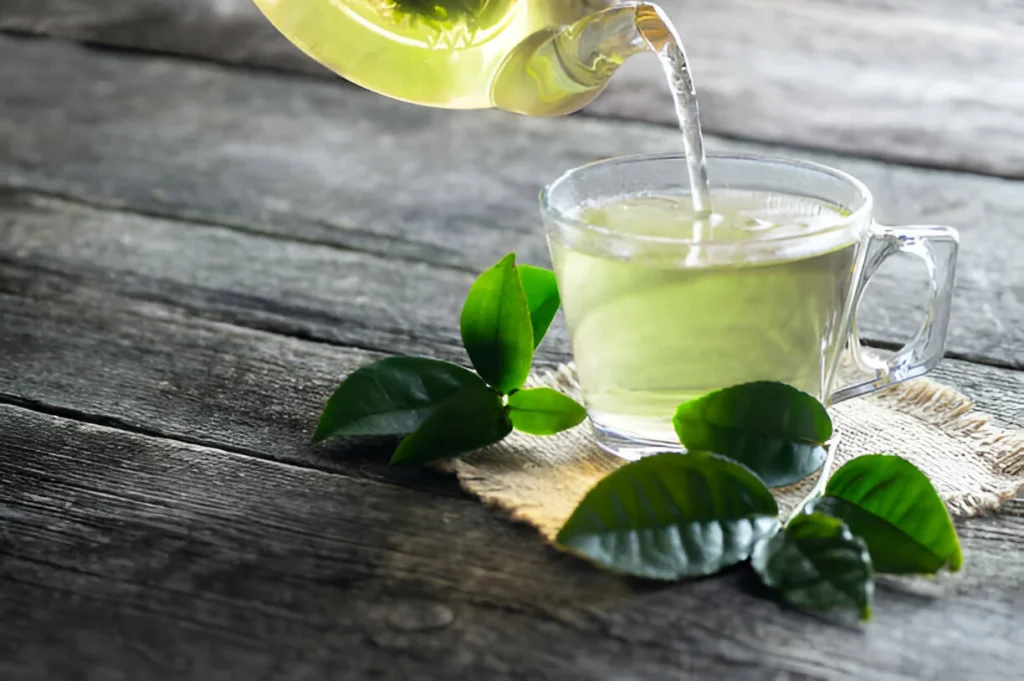Introduction
All teas—white, green, oolong, and black—originate from the same plant, Camellia sinensis. The distinguishing factors among these teas lie in their processing methods, particularly the level of oxidation the leaves undergo. Oxidation affects not only the color of the tea leaves but also their flavor, aroma, and nutritional profile.
Processing Methods
- White Tea
- Harvesting: Made from the youngest buds and sometimes the first leaves of the tea plant, often harvested before the leaves fully open.
- Withering: The leaves are spread out to wither under natural sunlight or in a controlled environment, reducing moisture content.
- Drying: After withering, the leaves are gently dried to halt any further oxidation.
- Oxidation Level: Minimal to none.
- Summary: White tea undergoes the least processing. It is essentially unoxidized, preserving the natural compounds of the fresh tea leaves.
- Green Tea
- Harvesting: Involves picking mature leaves and buds.
- Steaming/Pan-Firing: Soon after harvesting, leaves are quickly heated—either by steaming (common in Japanese teas) or pan-firing (common in Chinese teas)—to stop oxidation.
- Rolling/Forming: Leaves may be rolled or shaped to release flavors.
- Drying: Leaves are dried to remove remaining moisture.
- Oxidation Level: Minimal.
- Summary: Green tea is lightly processed to prevent oxidation, maintaining its green color and fresh, grassy flavors.
- Oolong Tea
- Harvesting: Uses mature leaves.
- Withering: Leaves are withered under the sun and then indoors.
- Bruising: Leaves are gently shaken or rolled to bruise the edges, promoting partial oxidation.
- Oxidation: Leaves are allowed to oxidize partially, with the process carefully monitored.
- Fixation: Heating is applied to halt oxidation at the desired level.
- Rolling/Forming: Leaves are rolled into various shapes.
- Drying: Final drying prepares the tea for consumption.
- Oxidation Level: Partial (ranges from 10% to 80%).
- Summary: Oolong tea is semi-oxidized, offering a balance between green and black teas in terms of flavor and color.
- Black Tea
- Harvesting: Involves picking mature leaves.
- Withering: Leaves are withered to reduce moisture content.
- Rolling/Crushing: Leaves are rolled or crushed to break cell walls, enhancing oxidation.
- Oxidation: Leaves are fully oxidized, turning dark brown or black.
- Drying: Oxidized leaves are dried to halt the process.
- Oxidation Level: Full.
- Summary: Black tea undergoes full oxidation, resulting in strong flavors and dark liquor.
Taste Differences
- White Tea
- Flavor Profile: Delicate, subtle, and slightly sweet with notes of honey, floral, or fruity undertones.
- Aroma: Light and fresh.
- Body: Light-bodied with a smooth texture.
- Examples: Silver Needle, White Peony.
- Green Tea
- Flavor Profile: Fresh, grassy, or vegetal taste with a hint of sweetness or nuttiness.
- Aroma: Can range from floral to toasty.
- Body: Light to medium-bodied with some astringency.
- Examples: Sencha, Dragon Well (Longjing), Matcha.
- Oolong Tea
- Flavor Profile: Complex flavors that can be floral, fruity, or toasty depending on the oxidation level. Some have creamy or honey-like notes.
- Aroma: Rich and fragrant, often with a lingering finish.
- Body: Medium to full-bodied with a smooth or velvety texture.
- Examples: Tie Guan Yin, Da Hong Pao.
- Black Tea
- Flavor Profile: Bold, robust flavors with malty, spicy, or earthy notes. Can have hints of chocolate or dried fruit.
- Aroma: Strong and pronounced.
- Body: Full-bodied with noticeable astringency.
- Examples: Assam, Darjeeling, Earl Grey.
Comparison and Contrast
- Oxidation Levels:
- White Tea: Least oxidized, preserving natural antioxidants and subtle flavors.
- Green Tea: Minimal oxidation, maintaining a fresh and grassy profile.
- Oolong Tea: Partially oxidized, offering a spectrum of flavors between green and black teas.
- Black Tea: Fully oxidized, resulting in strong flavors and higher caffeine content.
- Flavor Profiles:
- White and Green Teas: Light, fresh, and delicate flavors.
- Oolong Tea: Diverse flavors depending on oxidation; can be floral, fruity, or toasty.
- Black Tea: Strong, robust, and full-bodied flavors.
- Processing Complexity:
- White Tea: Simplest processing method.
- Green and Black Teas: More steps to control oxidation levels.
- Oolong Tea: Most complex processing with meticulous control over oxidation and flavor development.
- Health Benefits:
- White and Green Teas: Higher in certain antioxidants due to minimal processing.
- Oolong and Black Teas: Still contain beneficial compounds but in different proportions.
Conclusion
The differences between white, green, oolong, and black teas are rooted in their processing methods, especially the level of oxidation. These processes not only alter the chemical composition of the tea leaves but also significantly impact the flavor, aroma, and body of the brewed tea. From the delicate and subtle white tea to the bold and robust black tea, the spectrum of tea offers a variety of experiences for different palates. Understanding these differences allows tea enthusiasts to appreciate the craftsmanship involved in tea production and to select teas that align with their taste preferences.
o1
